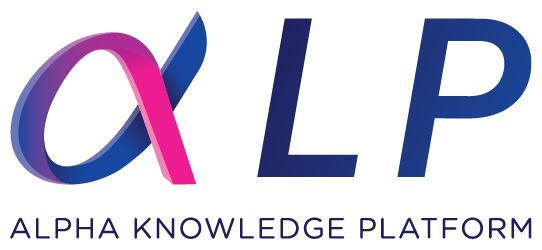What is the Swiss Deposit Token PoC?
Amidst the clamor surrounding blockchain, CBDCs, and stablecoins, a recent initiative by the Swiss Bankers Association (SBA) stands out. This wasn’t another speculative endeavor but a serious exploration by leading institutions like UBS, PostFinance, and Sygnum Bank. Their clear objective was to develop a “common infrastructure that can be used by multiple Swiss banks,” setting it apart from isolated, single-bank solutions.
This Proof of Concept (PoC) for a “Deposit Token” offers a refreshingly sober glimpse into the future of digital finance. It sidesteps the radical promises of replacing the financial system and instead provides a thoughtful roadmap for integrating new technology with the old. This post distills the four most surprising and impactful takeaways from their experiment, revealing a story of deliberate trade-offs and pragmatic innovation.
1. 100-Year-Old Legal Framework, Not a New Currency
Perhaps the most counter-intuitive takeaway is that the Deposit Token is not a new crypto asset, stablecoin, or form of money. In a crucial strategic decision, the banks purposefully rejected creating a novel “ledger-based security” which was a more crypto-native approach that would have introduced legal uncertainties. Instead, they chose to legally structure the token as a “digital representation of a payment instruction” under Switzerland’s time-honored Code of Obligations from the early 20th century.
This legal maneuver is the project’s quiet genius. It was a conscious trade-off, prioritizing legal certainty over technological purity. By wrapping a blockchain token in a well-understood legal concept, the banks could innovate on a public blockchain without creating complex liabilities or waiting for new regulations. This approach demonstrates a clear strategy: build on a foundation of existing law to ensure every transaction is enforceable from day one, mitigating risk before a single token is ever moved.
2. The Blockchain Was a Messenger, Not the Bank
Because the token was legally just a payment instruction (Takeaway 1), it logically followed that the final settlement of funds could not happen on the blockchain. Instead, an on-chain token transfer was merely a standardized message that triggered a corresponding, old-school payment through the traditional Swiss Interbank Clearing (SIC) system. The blockchain acted as a coordination layer, while the existing, trusted banking infrastructure handled the final movement of central bank money.
The project’s architects describe this as a “less intrusive approach” chosen deliberately to “minimize disruption…reducing operational risks and regulatory friction.” This pragmatic design allowed the banks to test the waters of programmability without having to overhaul their core systems. It was another calculated trade-off: sacrifice blockchain-native settlement in the short term to gain operational stability and ensure a smooth, compliant bridge between the old world and the new.
3. Programmable Payments Were Proven With Tokenized Wine
“Programmable money” has long been a buzzword, but the Swiss Deposit Token PoC demonstrated its tangible value. The experiment went beyond simple payments to test an automated, escrow-like transaction: the exchange of CHF 15 worth of Deposit Tokens for tokenized assets representing a physical wine bottle. The innovation here was not just automation, but something far more profound. As the report notes, “Unlike a traditional escrow with a neutral third party, this escrow-like setup relies on a smart contract to automatically enforce conditional settlement.”
In other words, a piece of code replaced an institutional escrow agent. The smart contract held both the buyer’s Deposit Tokens and the seller’s “wine tokens” until all conditions were met.Once confirmed, it executed an instantaneous and simultaneous swap, ensuring what is known in the digital asset world as “atomic settlement,” where both sides of the trade clear at the exact same time, or not at all. This proves how banks can facilitate complex transactions that eliminate counterparty risk, reduce costs, and remove the potential for human error.
“For the first time, three banks have successfully conducted a trial of this kind on a public blockchain. The project demonstrated how regulated financial institutions can transact in an interoperable manner, paving the way for new rails in payments and settlement.”
4. Bridging to the Future
The report is clear that this successful PoC was merely an “intermediate step.” Its design brilliantly solved for today’s constraints, but the project’s “long-term vision” is far more ambitious. The future roadmap aims to systematically dismantle the limitations of the initial model, especially its dependency on off-chain systems, and build a truly native digital financial infrastructure.
The key enhancements recommended for future phases directly address the pragmatic trade-offs made earlier:
- Blockchain as the Authoritative Record: Transitioning the DLT from a secondary “informational layer” to the primary, authoritative ledger for deposits, solving the current reliance on off-chain banking infrastructure.
- Truly Native Settlement: Integrating directly with the central bank’s systems, potentially using a wholesale CBDC, to eliminate the current need to trigger traditional SIC payments for finality.
- Integrated Identity Layer: Building secure, compliant identity solutions directly onto the blockchain to streamline client identification and transaction monitoring.
A Pragmatic Blueprint
The Swiss Deposit Token PoC provides a clear, legally robust blueprint for how traditional finance can integrate with blockchain technology. Its brilliance lies not in what it tried to reinvent, but in what it chose to leverage. By building a compliant bridge to the existing banking system, these institutions have created a replicable path for other conservative financial jurisdictions, standing in stark contrast to more radical, and often failed, crypto-native projects.
This experiment proves that the future of finance isn’t a battle between legacy systems and disruptive technology, but a careful synthesis of both. As banks continue to build this bridge, the real question becomes not if finance will move on-chain, but how it will be governed when it gets there.






